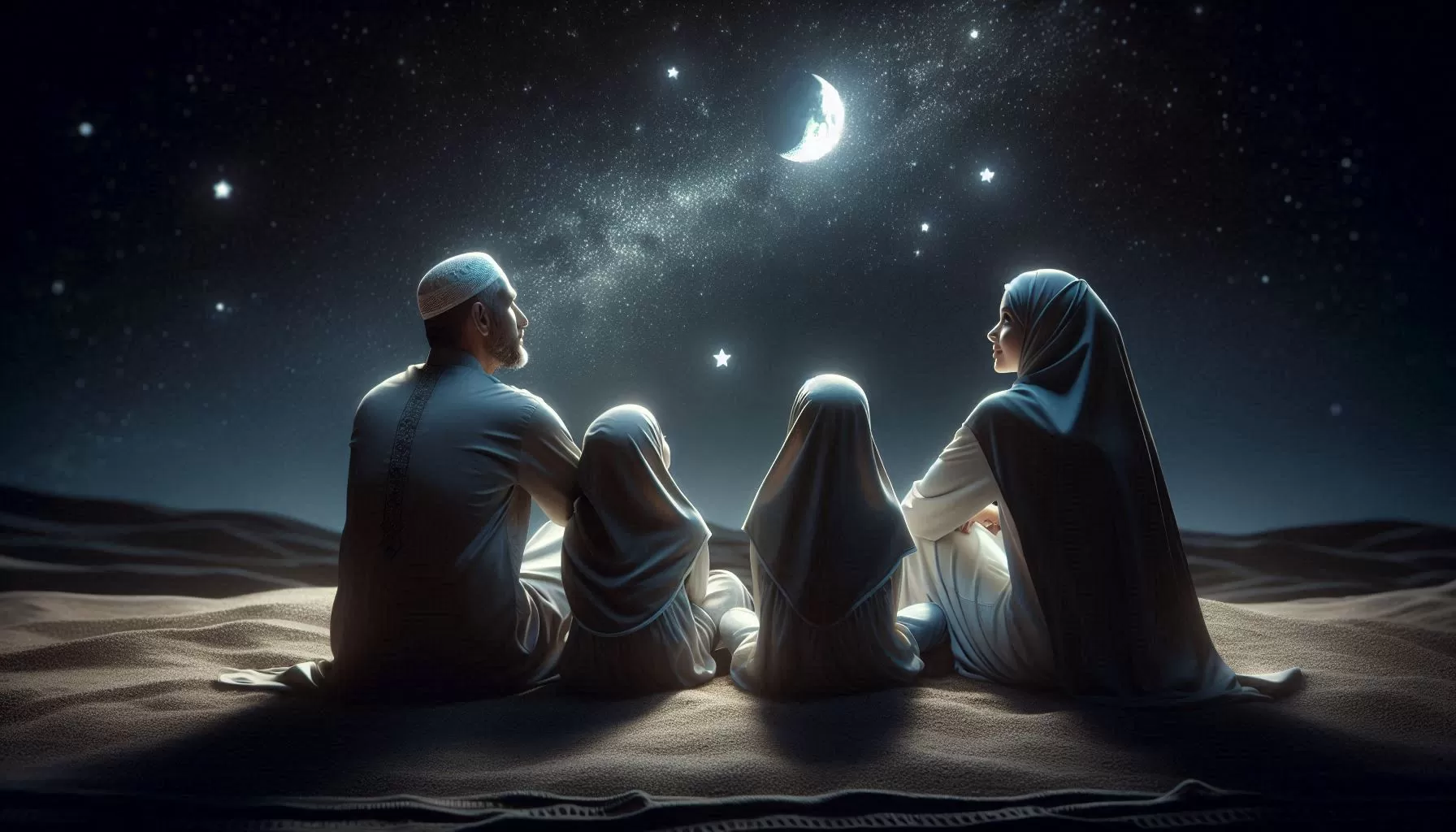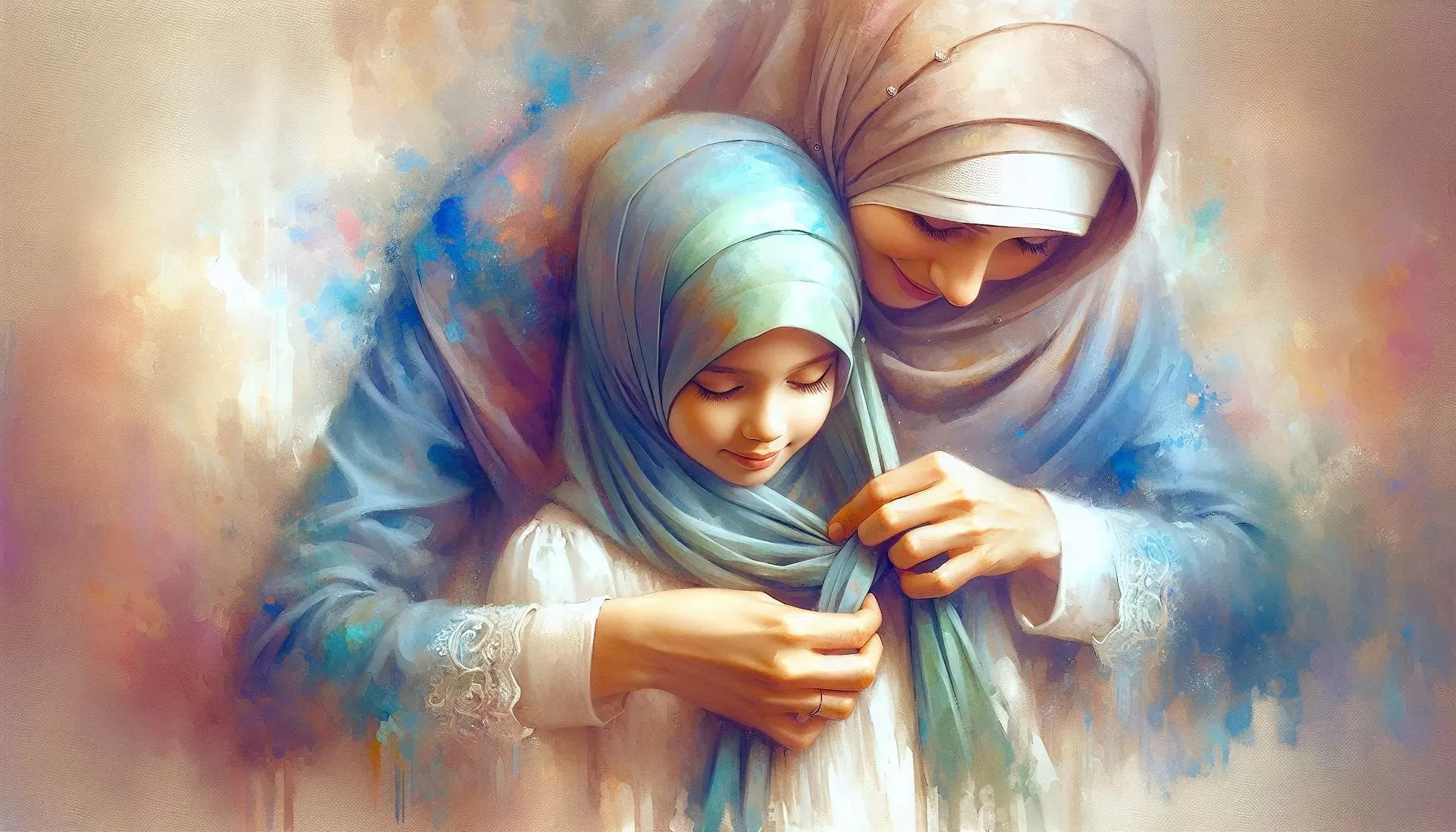When and Why Islam embraced the Lunar Calendar: A journey through History and Science

Ever wondered why some cultures and religions, including Islam, follow the lunar calendar instead of the widely used Gregorian calendar?
The lunar calendar has been used for thousands of years, guiding civilizations in agriculture, religious practices, and daily life. But how did it start? Who created it? And why does Islam still follow the lunar Hijri calendar instead of the Gregorian solar calendar?
Let's dive into the history, purpose, and importance of the lunar calendar, particularly in Islam, and explore why Muslims continue to use it today.
1. What is the Lunar Calendar?
The lunar calendar is a system based on the phases of the moon. Instead of tracking time using the Earth’s orbit around the sun (like the Gregorian calendar), the lunar calendar measures months based on the new moon cycle.
Key Features of the Lunar Calendar:
✔ A full lunar cycle lasts about 29.5 days.
✔ A lunar year has 354 or 355 days, which is about 10-11 days shorter than the solar year.
✔ The start of each new month is determined by the sighting of the crescent moon.
Thought-Provoking Question:
If a month is based on the moon’s cycle, how do different cultures decide when a new month begins?
2. Who Created the Lunar Calendar and When?
The lunar calendar is one of the oldest time-keeping systems used by ancient civilizations.
Early Use of the Lunar Calendar:
Ancient Egyptians (circa 3000 BCE) used a combination of lunar and solar cycles.
Babylonians (circa 2000 BCE) created one of the first formal lunar calendars.
Chinese, Hindu, and Jewish cultures also developed lunar or lunisolar calendars for religious and agricultural purposes.
Why did they use the lunar calendar?
Because it was easy to track the moon in the sky, unlike the sun, which required advanced instruments to measure accurately.
3. How & Why Did Islam Accept the Lunar Calendar?
Islam adopted the lunar calendar for religious, historical, and practical reasons. The Islamic calendar, known as the Hijri calendar, is entirely lunar-based and is used to determine Islamic holidays and religious obligations.
The Quran says:
"They ask you about the new moons. Say, they are measurements of time for the people and for Hajj." (Surah Al-Baqarah: 189)
Why does Islam prefer the lunar calendar?
✔ Simplicity & Accessibility – Anyone can observe the moon, making it easy for all Muslims, regardless of location.
✔ Fair Distribution of Months – Since the lunar calendar shifts about 10 days each year, Islamic months rotate through all seasons.
✔ Religious Importance – Key Islamic events like Ramadan, Hajj, and Eid are based on the lunar cycle.
Thought-Provoking Question:
Since Islamic months shift every year, how does this affect fasting in Ramadan across different seasons?
4. Who Created the Hijri (Islamic) Calendar?
The Islamic calendar (Hijri calendar) was established during the rule of Caliph Umar ibn Al-Khattab (RA) in 638 CE. Before this, Muslims had no formal calendar system to track time accurately.
Why was it created?
Muslims needed a standardized way to record dates of contracts, historical events, and religious observances.
The calendar was set to start from the year of Prophet Muhammad’s (ﷺ) migration (Hijrah) from Makkah to Madinah (622 CE), marking the beginning of the Islamic era.
Fun Fact:
The first month of the Hijri calendar is Muharram, and the last month is Dhul-Hijjah, during which Hajj takes place.
5. Why Doesn’t Islam Follow the Gregorian Calendar?
The Gregorian calendar, used worldwide today, is a solar calendar introduced by Pope Gregory XIII in 1582 to reform the earlier Julian calendar.
Why Islam Sticks to the Lunar Calendar:
✔ Preserving Islamic Identity – The Hijri calendar is a symbol of Muslim heritage and unity.
✔ Ensuring Religious Accuracy – Islamic worship is based on moon cycles, and a solar calendar cannot determine religious months correctly.
✔ Fairness in Observance – Since lunar months move through different seasons, no single group experiences Ramadan in extreme hardship forever.
The Prophet Muhammad (ﷺ) said:
"We are an unlettered nation; we do not write or calculate. The month is like this and like this (29 or 30 days)." (Bukhari, Muslim)
Thought-Provoking Question:
If the Gregorian calendar is now the global standard, should Muslims abandon the Hijri calendar for modern convenience? Or is it important to keep Islamic traditions alive?
6. Important Facts About the Hijri Calendar & Moon Visibility
✔ The Hijri calendar is 10–11 days shorter than the Gregorian calendar.
✔ Islamic months are not fixed in any particular season.
✔ There are no leap years in the Hijri calendar.
✔ The crescent moon (Hilal) must be sighted to confirm the start of a new month.
Regions Where the Sun Remains Visible for Months, But the Moon Continues to Appear
In some parts of the world, the sun does not set for long periods, yet the moon still appears and changes phases every night:
1 Month of Sunlight:
Parts of Norway, Sweden, Finland, and Iceland.
3 Months of Sunlight:
Northern regions of Norway, Sweden, Finland, and parts of Canada.
6 Months of Sunlight:
Antarctica and extreme northern regions of Canada.
Why does Islam still follow the moon?
Even when the sun does not set for months, the moon continues its cycle and is still visible every night, proving that the lunar calendar remains accurate worldwide.
7. Conclusion: Why the Lunar Calendar Still Matters Today
The lunar calendar has been used for centuries, guiding civilizations in faith, agriculture, and daily life. Islam adopted the lunar calendar to preserve religious observances and maintain historical accuracy.
Key Takeaways:
✔ The lunar calendar is based on moon cycles, while the Gregorian calendar follows the sun.
✔ The Hijri calendar was officially created during Caliph Umar’s rule in 638 CE.
✔ Islam rejects the Gregorian calendar for religious purposes because it does not align with Islamic traditions and obligations.
✔ The moon is visible even in places where the sun doesn’t set for months, ensuring accuracy.
Final Thought:
The Hijri calendar reminds Muslims of their faith, history, and connection to the natural world. Will you make an effort to track Islamic months and events using the lunar calendar?
Now, over to you!
Do you think the world should adopt the lunar calendar again, or is the solar calendar more practical for modern life?
HashTags: #IslamicCalendar, #LunarCalendar, #HijriCalendar, #MoonPhases, #IslamicHistory, #TimeInIslam, #WhyIslamFollowsLunarCalendar, #QuranAndScience, #IslamicMonths, #MoonSighting, #IslamicWisdom, #AncientCalendars, #LunarVsSolar, #IslamicTraditions, #FaithAndTime, #RamadanCalendar, #ForMankind, #Spiritual

